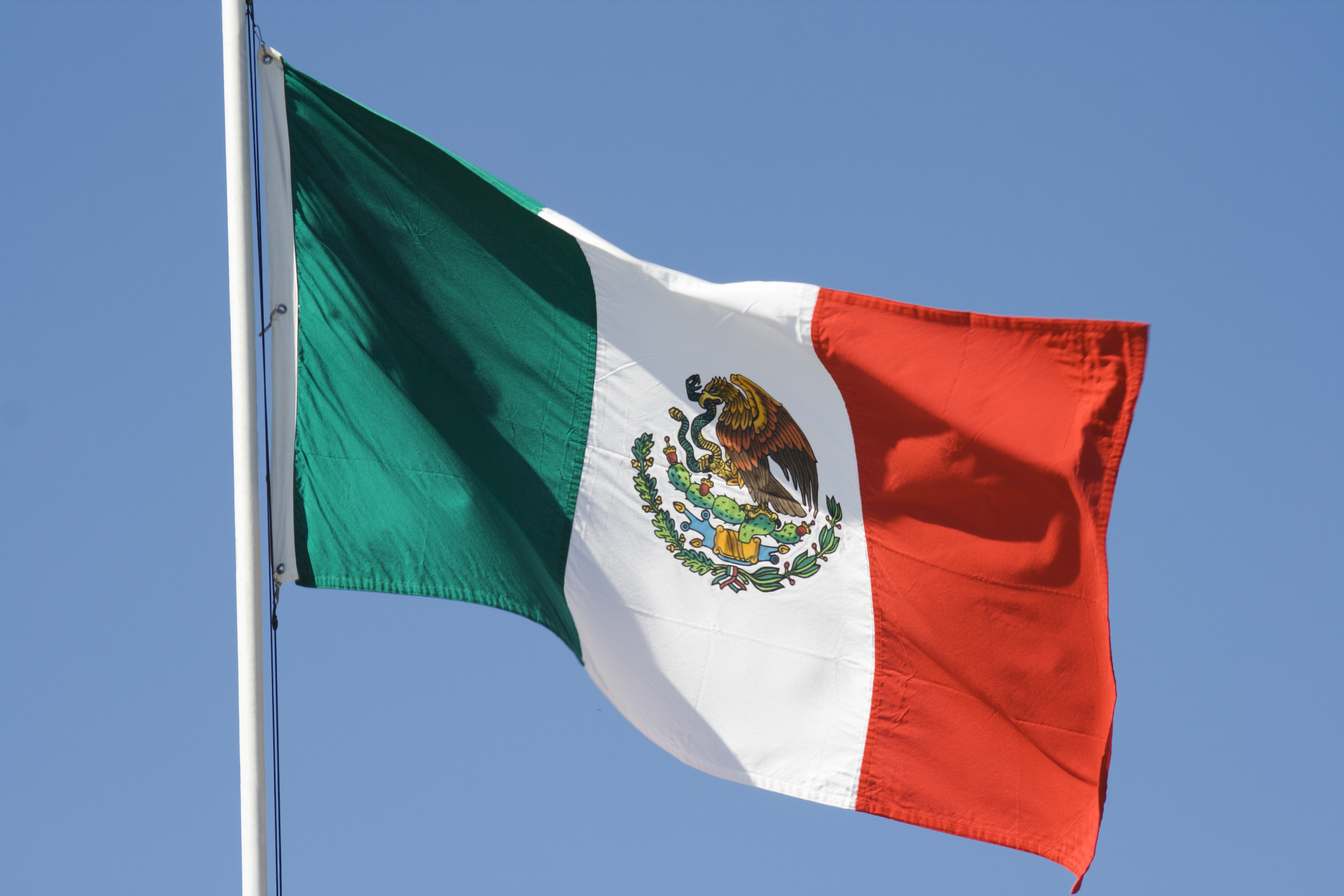In a time of geopolitical uncertainty, marked by shifting energy policies, supply chain disruptions, and economic volatility, many organizations are reassessing how to maintain momentum on their decarbonization strategy. Yet despite these challenges, the long-term trajectory remains clear: the renewable energy sector continues to make significant strides year after year. Advances in technology, falling costs, and growing investor and consumer demand are driving a global transition toward clean energy, reinforcing the urgency for companies to align with credible climate frameworks.
Against this backdrop, the Science Based Targets initiative (SBTi) is undertaking a major revision of its Corporate Net-Zero Standard. Version 2.0, currently in development, reflects a global push for more rigorous, transparent, and science-aligned climate action. For companies already committed to net-zero, and those considering it, understanding these changes is essential for staying ahead of regulatory, investor, and stakeholder expectations.
How the SBTi update is progressing
Initial draft released: In March 2025, SBTi published the first draft of Version 2.0, opening it up for public consultation until June 2025.
Pilot phase 1 – survey stage: Launched on 16th June 2025, until 15th August 2025, this phase invited companies to provide structured feedback on the draft standard. The aim was to gather insights from a diverse range of organizations to ensure the revised framework is both ambitious and implementable. Feedback from this phase will be used to produce an updated draft of the standard, incorporating practical considerations and sector-specific challenges.
- Pilot phase 2 – company trials: In Q3 2025, selected companies will trial the updated draft in real-world settings. This hands-on phase will test the feasibility of the proposed new requirements and methodologies, helping SBTi to refine the final version based on operational insights and feedback from those companies participating in the trial.
- Final release timeline: The fully revised Corporate Net-Zero Standard Version 2.0 is expected to be published by the end of 2026, with implementation guidance and validation processes expected to be rolled out in 2027.
What are the proposed changes to the SBTi Corporate Net-Zero Standard?
The proposed updates to the SBTi Corporate Net-Zero Standard aim to broaden its focus, moving beyond long-term goal setting to include mechanisms for tracking short-term progress, verifying implementation, and ensuring greater accountability throughout the net-zero journey. Key proposed changes include:
1. Expanded scope and accountability
Companies may no longer be assessed solely on their targets. The revised standard would introduce requirements for:
- Base-year performance assessments
- Implementation tracking and progress reporting
- Public net-zero commitment, which may now be aligned with recommendations of the UN High-Level Expert Group rather than SBTi alone
- Recommendation or requirement to disclose climate transition plan
- Third-party assurance on base year greenhouse gas (GHG) inventory for Category A companies
This shift would reflect a broader industry trend: net-zero is no longer just a pledge—it’s a performance metric.
2. New validation cycle
A periodic validation cycle may be introduced, requiring companies to:
- Measure emissions performance using a standardised algorithm
- Reassess and potentially redefine targets at the end of each cycle
This approach reflects emerging best practices in monitoring the effectiveness of decarbonization efforts and complements ongoing updates to the GHG Protocol—ensuring that companies report not only their targets but also the tangible impacts of their actions.
3. Company categorization
To ensure fairness and scalability, companies may be classified as Category A or B based on:
- Employee count
- Turnover and balance sheet
- Country income level
This categorisation would influence the depth and complexity of requirements, helping tailor expectations to organizational capacity and regional context.
4. Target setting by scope
Rather than allowing a single, combined target, companies may be required to set distinct near- and long-term targets for:
- Scope 1: Direct emissions
- Scope 2: Indirect emissions from purchased energy
- Scope 3: All other indirect emissions across the value chain
This change would improve transparency and help stakeholders better understand where emissions reductions are occurring.
5. Scope 2 flexibility
Companies may be able to set zero-carbon electricity targets, which would include nuclear energy, not just renewables. Additional criteria such as locational and potentially temporal matching may apply, encouraging more precise and impactful energy sourcing strategies.
6. Scope 3 prioritisation
Rather than meeting fixed thresholds (e.g., 67% or 90% coverage), companies would focus on the most material emissions sources. There would also be increased emphasis on non-emissions metrics, such as the percentage of procurement from net-zero aligned suppliers, highlighting the importance of supply chain engagement.
7. Updated emissions pathways
Target pathways would be updated to reflect the IPCC’s Sixth Assessment Report (AR6), replacing the older AR5-based models. This would ensure alignment with the latest climate science and global temperature goals.
8. Residual emissions and removals
Addressing the impact of residual emissions may be required during the transition to net-zero. Three options are being considered:
- Mandating separate removal targets
- Recognising companies that voluntarily set removal targets
- Allowing residuals to be addressed via additional Scope 1 abatement or removals
This reflects the growing importance of carbon removals within net-zero strategies and the need for greater clarity around how residual emissions are addressed. SBTi is also considering recognizing companies that take responsibility for the impact of ongoing emissions and actively support mitigation efforts beyond their own value chains.
9. Substantiating claims
In limited cases, companies may be allowed to use indirect mitigation approaches, such as the book-and-claim system, where physical traceability of low-carbon energy or emissions reductions is not yet feasible.
Navigating updates to the SBTi Corporate Net-Zero Standard and beyond
Global frameworks like SBTi are evolving with increasingly stringent requirements, reflecting the urgent need for accelerated climate action to meet the 1.5°C target set out in the 2015 Paris Agreement. As scientific consensus strengthens and climate risks intensify, these frameworks are raising the bar to ensure corporate commitments translate into measurable impact.
Navigating the evolving SBTi framework can be complex, especially as expectations shift from ambition to demonstrable action. At World Kinect, we help organizations turn climate commitments into credible, science-aligned strategies through our Decarbonization Strategy Assessment offer.
This service is designed to support companies at every stage of their net-zero journey by:
- Analyzing current emissions across Scopes 1, 2, and 3
- Evaluating readiness for science-based target setting
- Aligning with the latest SBTi and GHG Protocol standards
- Developing actionable transition plans with measurable milestones
- Engaging suppliers and internal stakeholders to drive meaningful change
Whether you're refining existing targets or preparing to make your first net-zero commitment, our team is here to help you navigate complexity with confidence and clarity.




